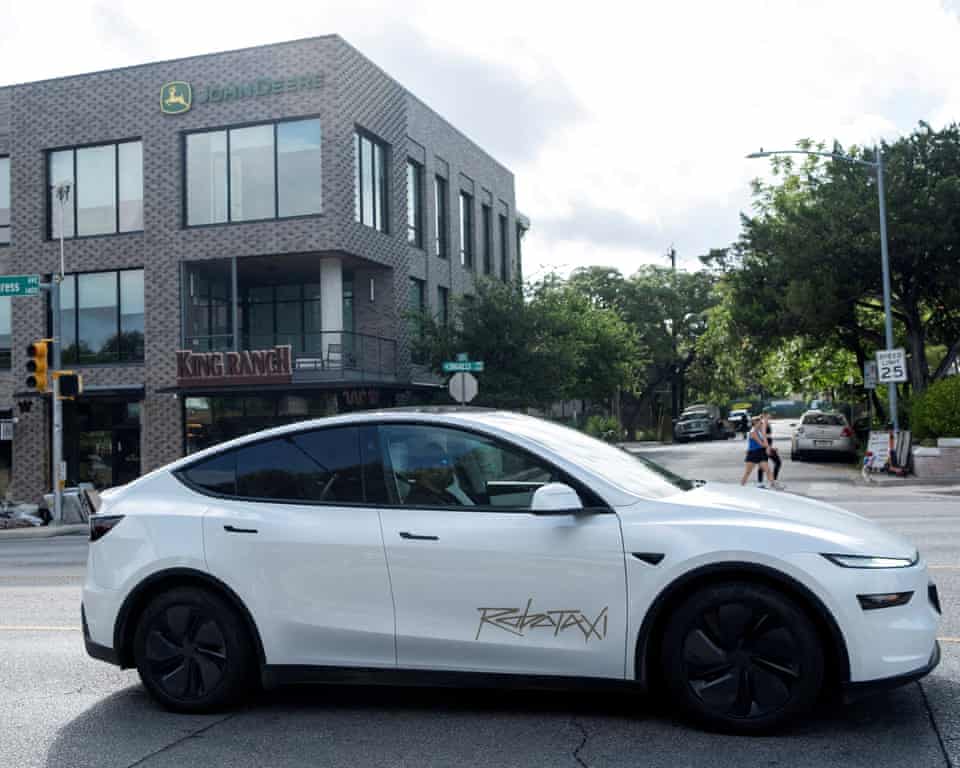Tesla shareholders have approved a compensation plan worth $1 trillion for Chief Executive Elon Musk, in what would be the largest corporate payout in history if the ambitious targets attached to it are met. The vote, held at the company’s annual shareholder meeting in Austin, Texas, saw more than 75 per cent of investors back the proposal, despite vocal opposition from several high-profile stakeholders.
The package, structured in 12 tranches, ties Musk’s reward to a series of demanding milestones that would transform Tesla’s scale and market position. Should Musk succeed, he would not only secure the payout but also cement his place as the world’s first trillionaire.
Optimus Robots and Musk’s Vision
The meeting was marked by Musk’s theatrical appearance on stage, where he briefly danced alongside prototypes of Tesla’s humanoid robot, Optimus. He described the robots as the future of both the company and humanity, reiterating his claim that they could become “the biggest product of all time”. Musk suggested potential uses ranging from healthcare to criminal justice, even joking that a robot could follow individuals to prevent crime, thereby reducing reliance on prisons.
Musk has previously argued that the compensation package would give him greater control over Tesla’s strategic direction, particularly as the company expands into robotics. He has spoken of exerting “strong influence over this robot army” as part of his vision for Tesla’s future.
Scale of the Package
The sheer size of the pay deal has drawn comparisons with the economies of entire nations. The $1 trillion figure exceeds the gross domestic product of countries such as Ireland, Sweden and Argentina. It also dwarfs the annual budgets of major US government programmes, including food assistance, and far surpasses the compensation awarded to other technology leaders such as Mark Zuckerberg.
If Musk achieves the targets, Tesla’s market capitalisation would need to rise to $8.5 trillion, more than eight times its current valuation. He would also be required to deliver millions of autonomous vehicles, humanoid robots and robotaxis, while sustaining earnings in the hundreds of billions over a decade.
Investor Concerns
Not all shareholders were convinced. Critics argued that the package concentrates too much power in the hands of one individual, whose leadership style has often been described as erratic. The protest group Tesla Takedown issued a statement condemning the decision: “Elon Musk just got $1 trillion for failure. Sales are down, safety risks are up, and his politics are driving customers away. This isn’t leadership – it’s the world’s most expensive participation trophy.”
Tesla has faced challenges in recent years, including declining sales and concerns over vehicle safety. The company reported earnings of $4.2 billion in the third quarter of 2025, a nine per cent drop compared with the previous year.
Conditions of the Plan
The compensation package requires Musk to remain vested in Tesla for at least seven and a half years. He must also oversee the development of a long-term succession plan for the company he has led for more than two decades.
The stock options granted under the deal, combined with those from his 2018 package, would give Musk ownership of 25 per cent of Tesla’s shares. As of early November, Tesla’s stock was trading close to its 52-week high at around $450 per share.
Over the next decade, Musk is tasked with delivering 20 million electric vehicles, selling 10 million active full self-driving subscriptions, producing one million humanoid robots and deploying one million robotaxis into commercial service. In addition, Tesla must achieve $400 billion in earnings for four consecutive quarters.
Musk’s Wealth
Musk’s net worth already stands at $460 billion, according to Bloomberg’s Billionaire Index, making him the richest person in the world. The new package, if realised, would elevate him to unprecedented financial heights, reshaping not only Tesla’s future but also the global corporate landscape.
The approval of the plan underscores the faith that a majority of Tesla’s shareholders continue to place in Musk’s leadership, despite criticism and uncertainty. Whether the targets can be met remains to be seen, but the vote has set the stage for one of the most ambitious corporate undertakings in history.



